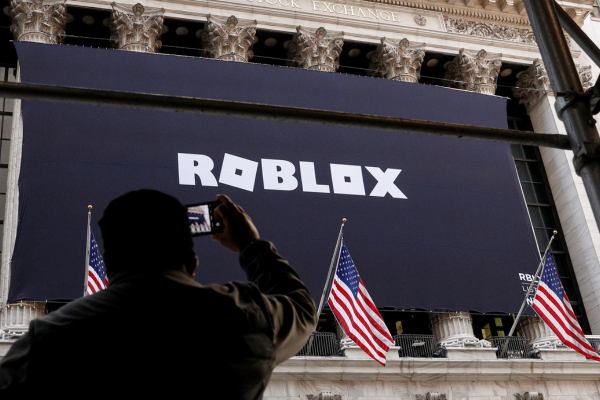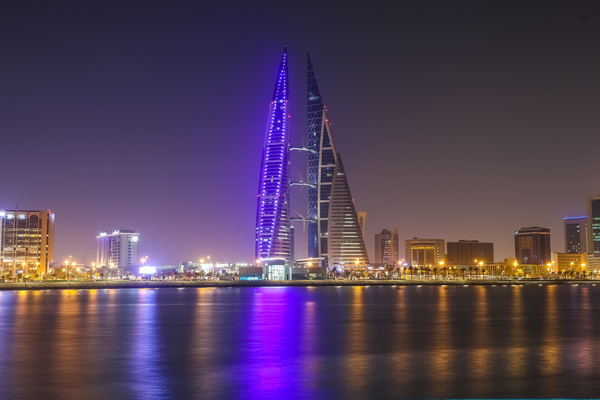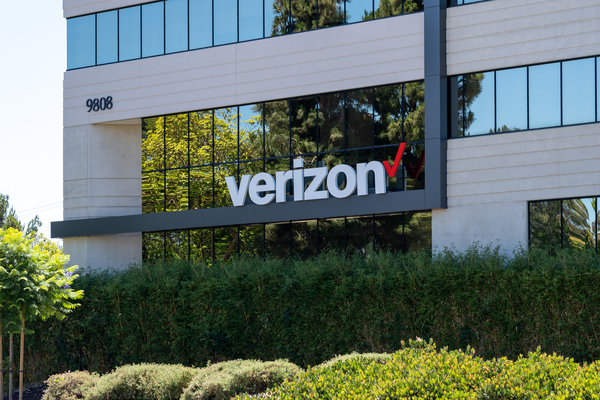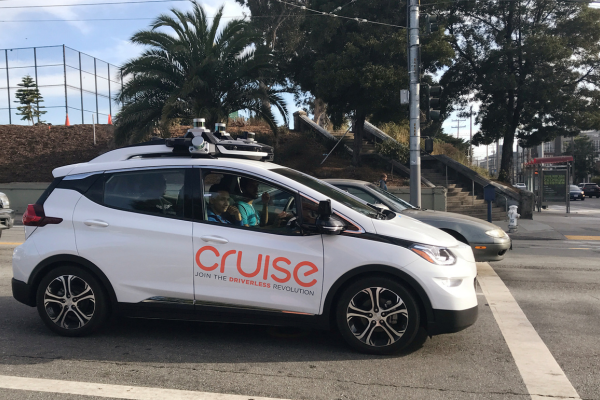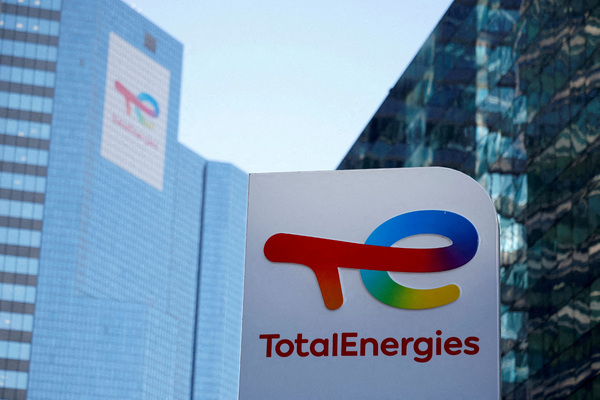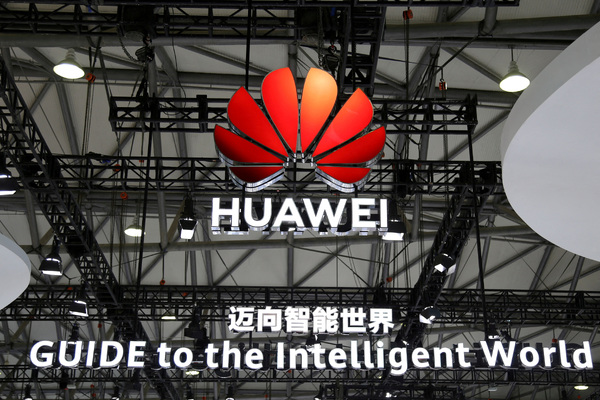Smart cities that reach the upper echelons of digital living
Sponsored by Black & Veatch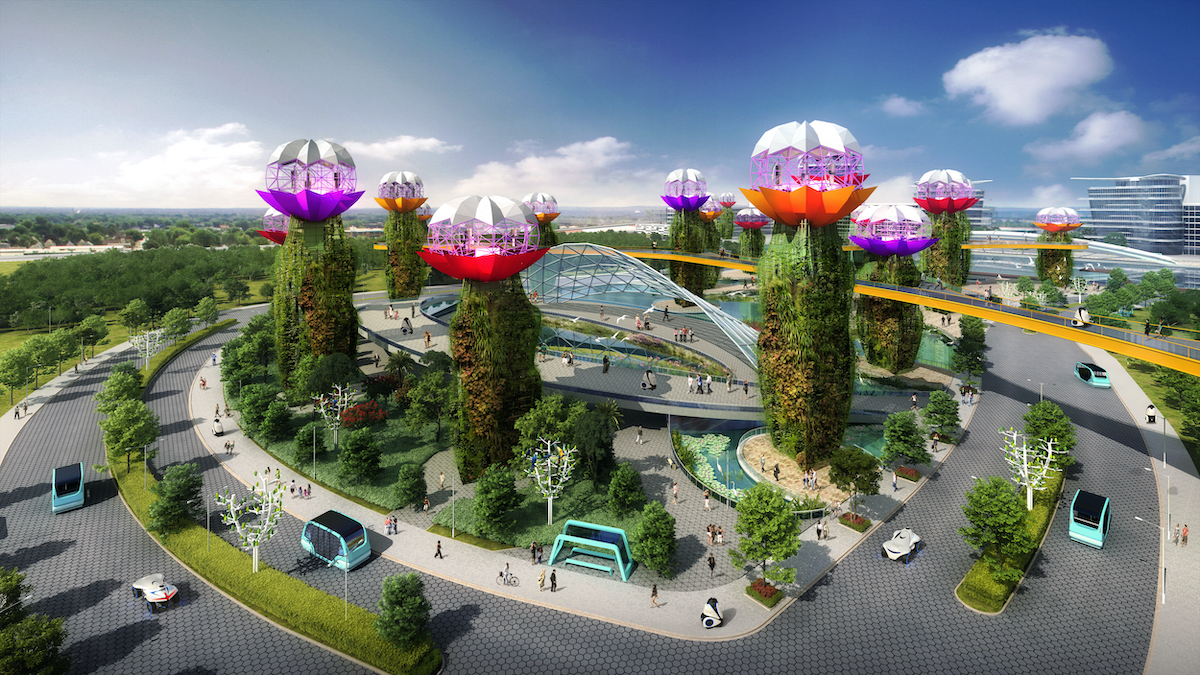
Connected communities such as Bleutech Park Las Vegas are a tech-fan’s dream – but without system integration, smart is a non-starter.
From the futurist visions of tech giants, entrepreneurs and technology integrators, smart cities are evolving far beyond sensor-outfitted light poles along sidewalks. Instead, their blueprints depict whole communities whose systems and services ebb and flow on waves of real-time data streams. Smart city plans now reach the upper echelons of digital living, and Bleutech Park Las Vegas (BTP) illustrates this well.
BTP is a $7.5 billion development that bills itself as the world’s first entirely sustainable, self-contained ecosystem. Built on digital platforms, BTP will use communication technologies to integrate and umpire critical systems such as water, energy and transportation. The resulting synergies – as well as a cache of cool apps, devices and technologies – will form a sustainable environment with the swagger of vintage Vegas.
Like all smart cities, data is the lifeblood of BTP. And this means that system integration is vital to build a secure, citizen-centric community that is flexible, sustainable and livable.
Viva (smart) Las Vegas
The future of digital infrastructure is taking shape in the Las Vegas Valley. BTP promises to be “the first city in the world to boast a digital revolution in motion, redefining the infrastructure industry sector.” Designed as an “eco-entertainment park,” BTP will feature a mixed-use, sustainable living environment comprised of net-zero buildings, including approximately 2,500 ultra-luxury residences, 1,500 workforce housing units, tech-smart offices, retail, hotels and casinos, and a state-of-the-art entertainment tower that will redefine the skyline as it soars 1,200 feet above the street.
The 210-acre development is scheduled to break ground in March 2021 and should take six to eight years to develop. To achieve its goal of building a fully integrated, self-contained ecosystem, BTP will be developed from the ground up, with all smart infrastructure built entirely from scratch.
As a hallmark of smart cities, BTP’s underlying connected systems will share an awareness of emerging situations and react by finding alternative paths and best actions across distributed devices and systems. BTP is working with several strategic partners – including Black & Veatch – to incorporate
Take transportation, for example. Like other smart cities, BTP is planning to incorporate autonomous vehicles (AVs) as public transportation shuttles to leapfrog traffic. Autonomous shuttles put many smart technologies into play, including road sensors, LiDAR, radar, 5G and edge data centres. These devices and apps create situational awareness through vehicle-to-vehicle (V2V) and vehicle-to-infrastructure (V2I) communications to ensure safe and efficient transport. With several tie-ins, network design and deployment require an end-to-end approach to interconnect each technology seamlessly, ensure secure network performance, and support the demand for substantial bandwidth, rapid response times and low latency.
The same integration is essential to create sustainable energy systems that expand and contract alongside need. BTP’s energy system includes 33 “supertrees” that will tower 50 to 100 feet above the walkways. Teeming with vertically grown desert plants and foliage, this unique biome will double as a solar photovoltaic system to generate power. In fact, photovoltaic glass will be standard in all structures, turning entire building exteriors into single solar panels. The park will harness power from the kinetic energy generated by footfall, and the main plaza will be constructed from transparent concrete with solar panels underneath, providing wireless charging for electric vehicles (EVs). Smart cities can also produce Green Hydrogen onsite to power fuel cell AVs, cars, buses or trucks.
Smart cities often include distributed energy resources (DER) – such as EVs, hydrogen technology, energy storage, and solar – to offset energy costs and achieve a net-zero carbon footprint. As smart cities and sustainability initiatives multiply, DER will scale, and could cause significant ripple effects across the electric distribution grid due to intermittency and load balancing. This emphasises the need to plan smart cities with broader community and regional systems in mind. Developers, municipalities and utilities should align goals and projects across sectors because disparate systems become interdependent when they connect under internet of things (IoT) and smart city configurations.
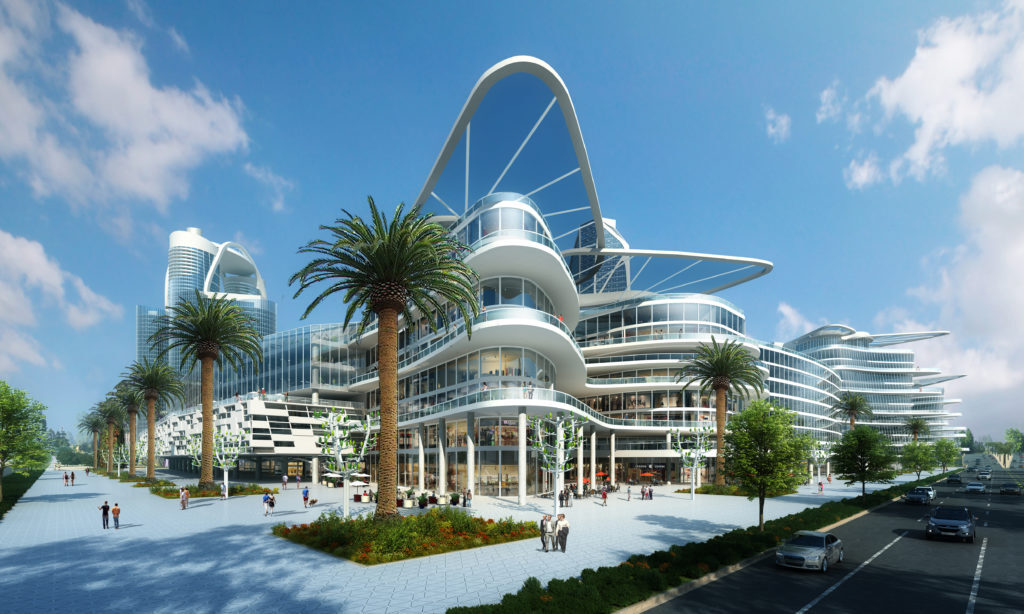
by Steph Stoppenhagen, Director of Strategy & Innovation, Black & Veatch

Business Reporter Team
Related Articles
Most Viewed
Winston House, 3rd Floor, Units 306-309, 2-4 Dollis Park, London, N3 1HF
23-29 Hendon Lane, London, N3 1RT
020 8349 4363
© 2024, Lyonsdown Limited. Business Reporter® is a registered trademark of Lyonsdown Ltd. VAT registration number: 830519543
